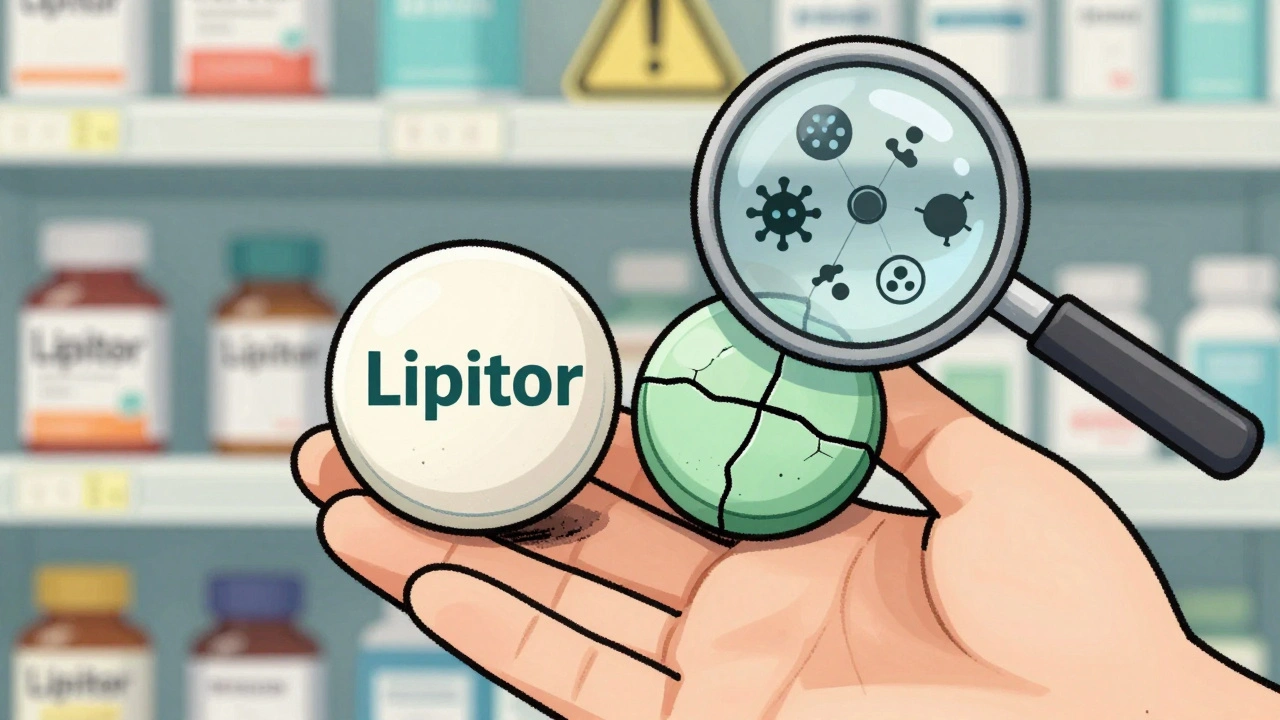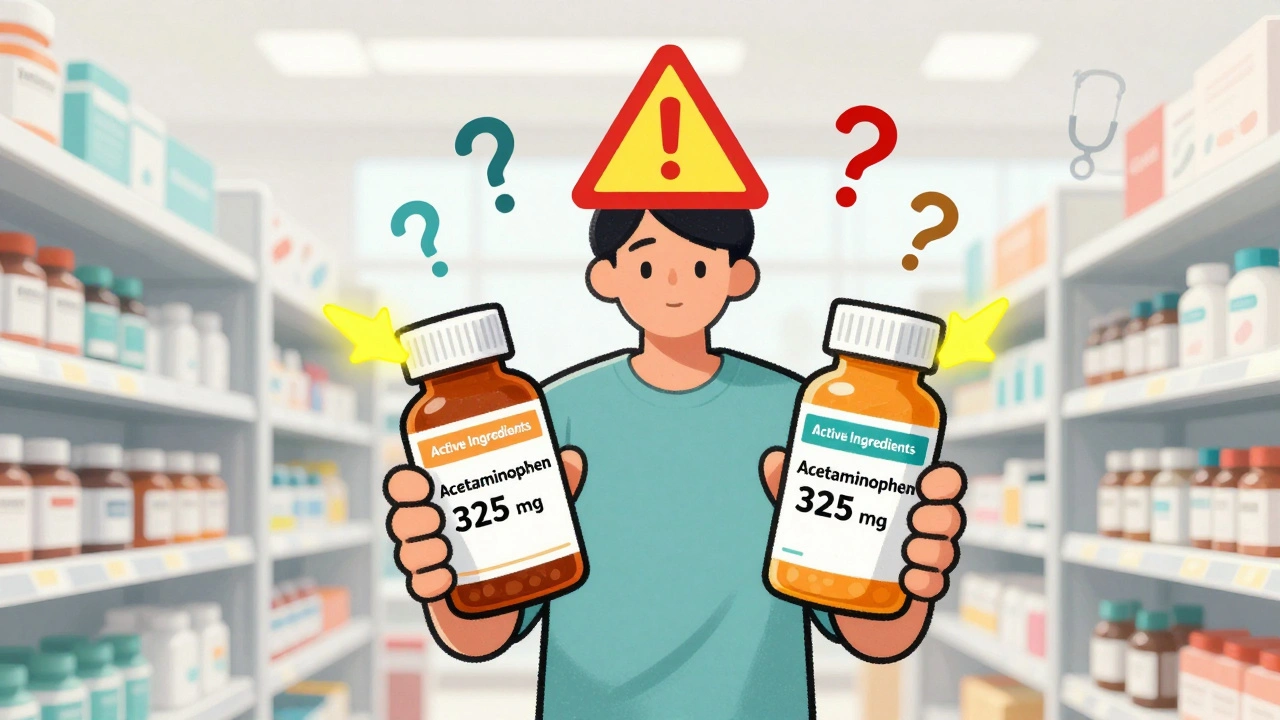Antibiotic Comparison – Your Quick Guide to Picking the Right Drug
When looking at antibiotic comparison, the process of weighing different antibiotics side‑by‑side based on spectrum, resistance, dosage and side effects. Also known as antibiotic side‑by‑side analysis, it helps clinicians and patients decide which drug will clear an infection with the fewest risks.
One of the first things to sort out is the drug class. Penicillin, the oldest and still widely used beta‑lactam antibiotic works by breaking bacterial cell walls, making it great for streptococcal infections but useless against resistant strains that produce beta‑lactamase. Knowing that penicillin covers mainly Gram‑positive bacteria lets you match it to infections like strep throat without overusing broad‑spectrum meds.
Contrast that with macrolide, a class that includes azithromycin and clarithromycin. Macrolides inhibit protein synthesis, giving them strong activity against atypical pathogens like Mycoplasma. They’re often the go‑to for respiratory bugs when patients can’t tolerate penicillin. However, they can interact with many other drugs, so checking a patient’s medication list is a must before you pick a macrolide.
A major driver behind any antibiotic comparison is the threat of antibiotic resistance, the ability of bacteria to survive drug exposure through genetic changes. Resistance patterns differ by region and by hospital, so the best drug today might be ineffective tomorrow. Keeping an eye on local resistance reports helps you avoid prescribing a drug that the pathogen already evades.
Beyond class and resistance, dosage guidelines shape the comparison. For example, penicillin V is usually taken every 6 hours, while azithromycin can be given once daily for three days. Shorter courses improve compliance but may require higher doses, which can increase side‑effects. Matching the dosing schedule to a patient’s lifestyle—like a busy parent or an elderly person with memory issues—often decides which antibiotic wins the comparison.
Key Factors in Antibiotic Comparison
Side‑effect profiles add another layer. Penicillin can cause mild rash or, in rare cases, anaphylaxis; macrolides may lead to gastrointestinal upset or QT‑prolongation. If a patient has a known heart rhythm problem, a macrolide might be off the table even if it covers the bug perfectly. Weighing these risks against the infection’s severity is the heart of any practical comparison.
Pharmacokinetics also matter. Some antibiotics, like amoxicillin, achieve high blood levels quickly, making them ideal for severe infections requiring rapid bacterial kill. Others, such as doxycycline, have a long half‑life, allowing once‑daily dosing that’s convenient for outpatient treatment. Understanding how a drug moves through the body helps you line up the right option with the right clinical scenario.
Cost and accessibility can tip the scales too. Generic penicillin is often cheap and widely available, whereas newer macrolides may cost more and need a special prescription. If a patient’s insurance doesn’t cover the brand name, you might need to switch to a more affordable alternative that still hits the target pathogen.
Finally, consider the infection site. Bone infections need antibiotics that penetrate bone well, like clindamycin, while urinary tract infections respond best to drugs that concentrate in urine, such as nitrofurantoin. Matching the drug’s tissue penetration to where the bacteria live narrows the comparison to the few that truly work.
All these pieces—class, resistance, dosage, side effects, pharmacokinetics, cost and infection site—form a web of relationships. When you line them up, the best antibiotic emerges not by chance but by a clear, evidence‑based comparison.
Below you’ll find a curated set of articles that break each of these factors down in more detail, giving you hands‑on guidance for real‑world prescribing decisions.

Himcolin vs Other Antibiotics: Which One Is Right for You?
A detailed comparison of Himcolin with common antibiotic alternatives, covering efficacy, dosing, side effects, cost and practical prescribing tips.





